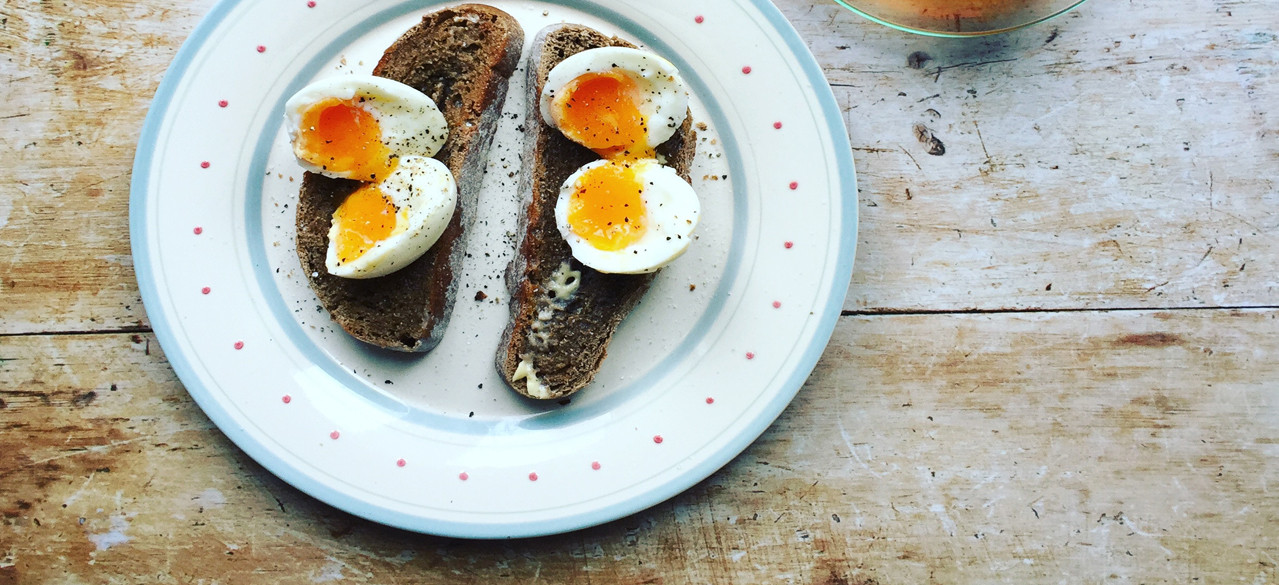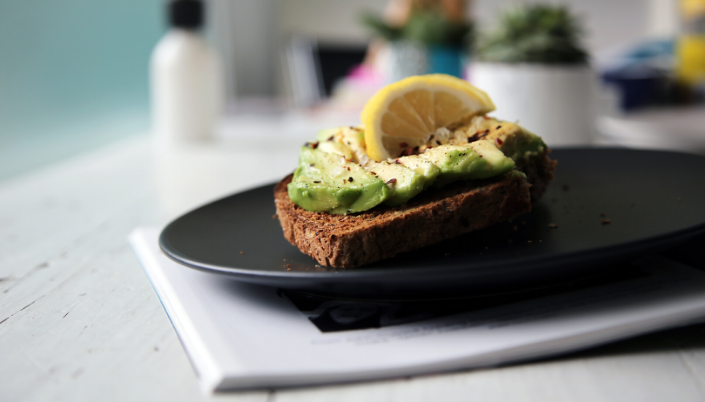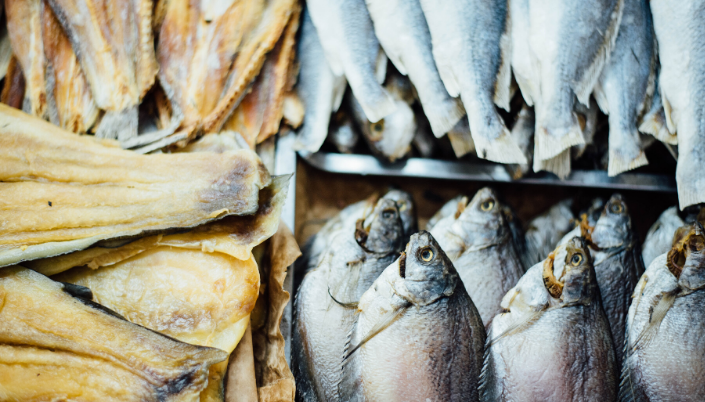
6 Best Traditional Foods to Try in Iceland
01 Sep 2016 by Olga Brighton
Have you been to Iceland yet? If so you must have realised that it is a land of contrast, a land of opposites. This is the case too when it comes to food. You can find amazing dishes that will delight your taste buds and other dishes that are only for advanced palates.
Here we will consider 6 incredible traditional foods in Iceland you should try without being afraid of not liking them.
1. Pylsur – Aka Icelandic Hot Dog
Don’t worry, you cannot miss this one. Everywhere in Iceland, from the corner shop to street vendors you will find a tasty pylsur. Those who have tried it claim that it was the best hotdog they have ever tasted. Can you imagine that? As many other Icelandic foods, the pylsur is made of lamb meat and topped with fried onions, raw onions, a type of remoulade, mustard and ketchup. If you can’t make your mind up as to what you want on your pylsur, just say: “eina með öllu”, which means “one with everything”.
2. Rye Bread

Tradition dictates it has to be baked in a pot. It has a very thick consistency and has no crust, its colour is dark and has a slightly sweet taste. Now comes the best, the álegg, that is the toppings you put on it: jam, pate, ham, butter, cheese… whatever you like. Now, a word of caution: Be aware of the effect it can have on your bowels, it is not for nothing that this bread has gained the resounding name of “bread of thunder”— as the locals call it.
Read also: 10 Mouth-Watering Dishes to Try in Malta
3. Lamb
Icelandic lamb is well known for its tenderness and wonderful flavour. There is no doubt that the fact that sheep can roam about freely and can peacefully chose the best bits of grass to munch on is one of the main reasons. Visitors agree that it is excellent, even if they are not regular lamb-eaters. You can have it smoked and then served in cold slices, with hot vegetables or served on bread, like rye bread.
4. Skyr

For over a thousand years, this kind of yogurt has been part of the Icelandic diet. It is similar to a greek yogurt in texture but a slightly milder and a bit sour. Skyr was introduced by the Norwegians. It is served with milk and sugar on top, or blueberries. Its popularity is such that you can find it in many other countries nowadays.
Read also: Mexico for Foodies: 5 Unmissable Eats to Try
5. Icelandic Meat Soup
This is great for cold days! Kjötsúpa is a lamb and vegetable soup, though you could also use other types of meat. It is an excellent way to use the tougher bits of meat from the lamb and those stuck to the bones. Every vegetable is cut in small bits so that in each spoonful you have a bit of everything. Imagine the flavours mixing as you add the potatoes, carrots, turnips, onions, some rice—if you want— to an Icelandic mixture of herbs. Of course, you can eat it as soon as it is ready, but ask the locals and they will tell you to leave it to rest overnight. It tastes better the next day.
6. Fish

And last but not least, we have a plethora of Icelandic fish. There are two ways to eat it: salted or dried. Drying and salting the fish was part of everyday life in Iceland from forever. Before fridges were available, this was an excellent way to preserve what had taken you a while to fish, for a really long time. Once preserved it can be cooked in different ways, similar to the bacalao (cod) in Spain or the baccalà in Italy.
The other method is drying the fish, having it on wooden racks and exposing it to the cold, cold air, where the bacteria ferment it in a similar way to the way cheese ferments. This stockfish can also be eaten as it is, with some butter or in a more elaborated way.
In addition to these ways of preserving the fish you have many different varieties of fresh fish, and the ideal time to try some is on Iceland’s “Great Fish Day” on the first or second Saturday in August.
We accept